- Overview
- Trip Outline
- Trip Includes
- Trip Excludes
- Gallery
- Reviews
- Booking
- FAQ
This 8-day tour offers a blend of adventure, culture, and relaxation, featuring mountain passes, ancient kasbahs, and the serene beauty of the Sahara Desert.
Experience traditional Moroccan hospitality, explore UNESCO World Heritage sites, and immerse yourself in the rich history and culture of this enchanting country.
Departure & Return Location
Marrakesh
Departure Time
3 Hours Before Flight Time
Morocco and so wonderfully vast that it can ‘be visited in each season. Take a closer look into the tours we offer and pick the one for you.
Itineraries
Day 1
Time : 8:00 am
Arrival in Marrakech
- Morning/Afternoon: Arrive at Marrakech airport and enjoy a private transfer to your accommodation.
- Evening: Free time for dinner.
- Accommodation: Overnight stay in a riad or hotel.
Day 2
Marrakech - Col du Tizi n'Tichka - Ait Ben Haddou - Skoura - Boumalne Dadès
- Morning: Travel along mountain roads through the Tizi n’Tichka Pass to Ouarzazate, on the edge of the Sahara.
- Visit the Kasbah of Taourirt and the cinema museum.
- Afternoon: Continue to Boumalne Dadès via the road of the 1000 kasbahs.
- Evening: Dinner and overnight stay in Boumalne Dadès.
Day 3
Boumalne Dadès - Todra Gorge - Alnif - Nkob - Zagora
- Morning: Excursion to the Dades and Todra Gorge, known for their unique rock formations and preserved kasbahs.
- Afternoon: Travel towards Zagora, passing through Alnif and Nkob, and enjoying the scenic pre-Saharan landscapes and Berber villages.
- Evening: Dinner and overnight stay in Zagora.
Day 4
Zagora - Tamegroute - Mhamid - Erg Chegaga
- Morning: Explore Zagora and its surroundings, including the Jewish quarter of Amzerou and the palm groves.
- Visit the old Koranic library and underground kasbah in Tamegroute.
- Afternoon: Continue to Mhamid for lunch in a kasbah.
- Transfer by 4×4 to the desert camp at Erg Chegaga.
- Evening: Enjoy activities such as sandboarding or climbing a sand dune to watch the sunset.
- Accommodation: Dinner and overnight stay in tents at Chegaga.
Day 5
Erg Chegaga
- Morning: Breakfast and departure for a camel ride.
- Visit nomads for a tea break and have a picnic lunch in the desert.
- Afternoon: Return to the camp.
- Evening: Dinner and overnight stay at the camp.
Day 6
Chegaga - Foum Zguid - Taznakht - Ait Benhaddou
- Morning: Wake up early to admire the sunrise over the dunes. After breakfast, depart in a 4×4 vehicle on the old Paris-Dakar road, crossing the dry Lake of Iriqui.
- Afternoon: Lunch in the Berber village of Taznakht, then continue to Ait Benhaddou.
- Evening: Dinner and overnight stay in Ait Benhaddou.
Day 7
Ait Benhaddou - Marrakech
- Morning: Visit the kasbah of Ait Benhaddou, a UNESCO World Heritage site.
- Afternoon: Return to Marrakech, arriving around lunchtime.
- Settle into your accommodation with free time for self-exploration of the city and medina or visit the famous Jemaa el Fna square.
- Evening: Free time for dinner.
- Accommodation: Overnight stay in a riad or hotel.
Day 8
Departure
- Morning: Transfer to Marrakech airport for your return flight or extend your stay in Marrakech.
- End of Tour: Conclude your memorable Moroccan adventure.
- Drinks
- Personal expenses
Altitude sickness on Toubkal and in the High Atlas Mountains is extremely rare. Our founder George recently chatted with Jamal, the guide who leads our Mount Toubkal treks, and in his 30-plus years of experience, he has not had a single case of altitude sickness among trekkers.
Imlil Morocco | Imlil Valley Morocco
At the cultural core of Imlil Morocco lies the rich heritage of the Berber people, whose traditions have shaped this mountain community for centuries. Known as Imazighen ("free people") in their own language, these indigenous inhabitants maintain vibrant customs despite the village's growing tourism industry.
Winters in the High Atlas can be harsh. Snow blankets the higher peaks, turning the area into a winter wonderland that attracts skiers and mountaineers. Temperatures can plummet below freezing, and snowfall is frequent, particularly from December to February.
A Gateway to Adventure
In winter, the snow-covered peaks transform into a skiing destination, adding another dimension to the mountain's appeal. The mountain range is also a gateway to exploring the surrounding desert landscapes and the vibrant cities of Morocco.Sep 8, 2024
One of the reasons Morocco is a good place to visit is its varied geography! Morocco doesn't just have paradise beaches and sweeping expanses of desert, it also has mountains! Morocco has two major mountain ranges, the Rif Mountains in the north and the Atlas Mountains stretching through the middle of the country.
As of 2024, Moroccan residents abroad constituted the leading nationality of tourists travelling to Morocco, with a share of 49 percent. French and Spanish nationals followed, at with14 percent and 9 percent of international tourists, respectively.
French Montana
Karim Kharbouch (born November 9, 1984), better known by his stage name French Montana, is an American rapper, singer , songwriter, producer, entrepreneur, and record executive. Born and raised in Morocco, he immigrated to the United States with his family when he was 13.
Morocco Demographics & Ethnic Groups - Lesson | Study.com
Morocco has various ethnic groups: Arab, Berber, Gnawa, white Moroccan (European), Jewish, and sub-Saharan African. However, Arab Berber is the dominant ethnicity in Morocco, accounting for about 98 percent of the total population. Arab and Berber are both terms to unify a more diverse range of ethnic groups.
Muhammad Zarqtuni (Arabic: مُحَمَّدُ الزَرْقْطُوْنِي, French: Mohammed Zerktouni) (1927-June 18, 1954) was a Moroccan nationalist born in Casablanca, Morocco. He was active in the Moroccan Nationalist Movement and is considered a symbol of Moroccan resistance to French colonialism.
Ourika Valley - Morocco Holiday Destination
around 1,200-1,500 metres
Situated at around 1,200-1,500 metres the Ourika Valley offers a pretty escape from the summer heat of Marrakech or an area for gentle hiking, and is also popular with artists.
Ourika Valley is a valley in the Moroccan High Atlas along the Ourika River. It is located around 30 km from Marrakech, and is essentially populated by Berber people speaking Shilha.
Wear comfortable walking shoes and lightweight clothing for the guided trek through Ourika Valley's terraced fields, plus a hat and sunscreen for the Atlas Mountains' sun. A waterproof jacket is handy near the waterfalls, ensuring comfort on this Marrakech day trip.
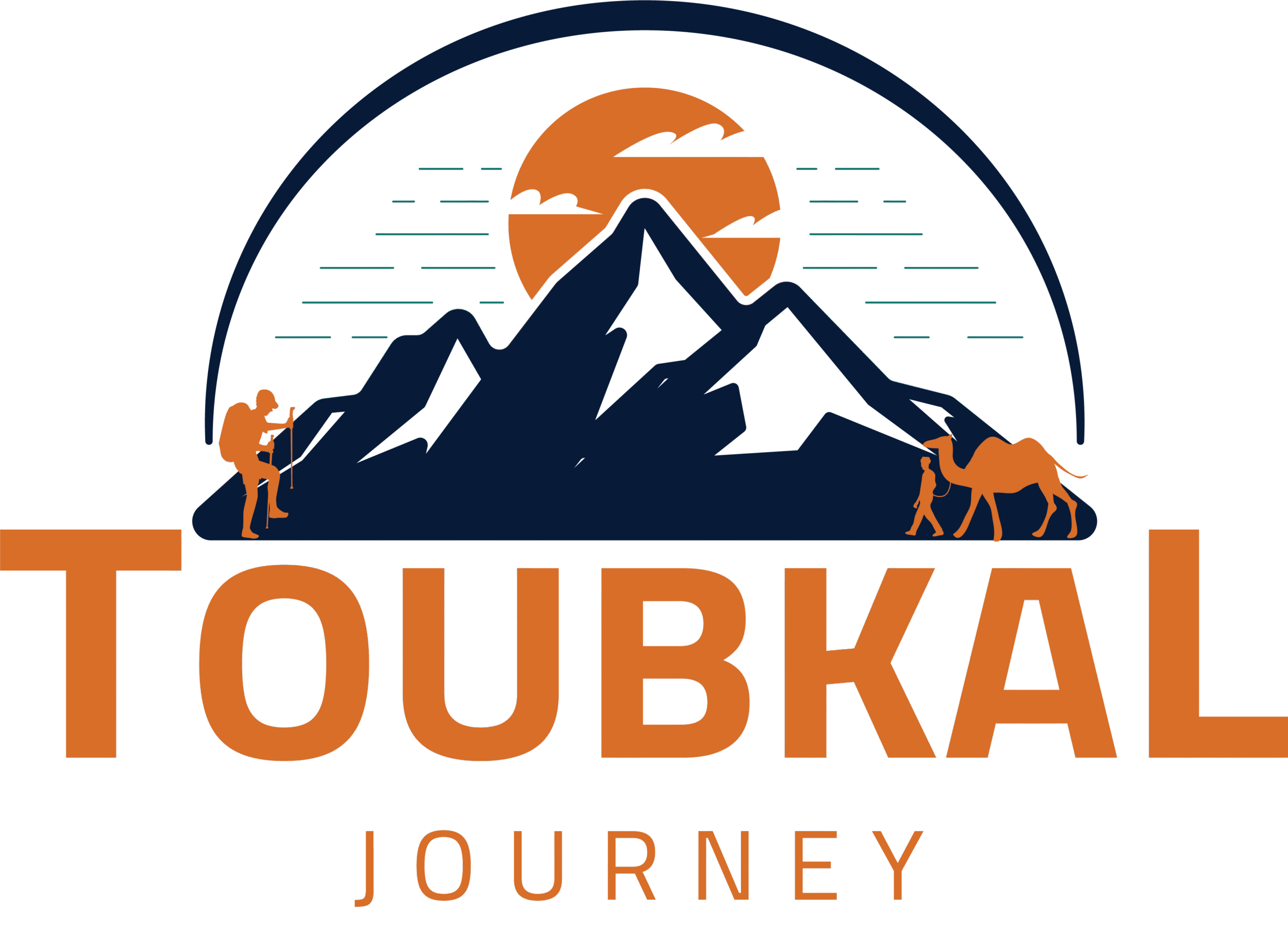
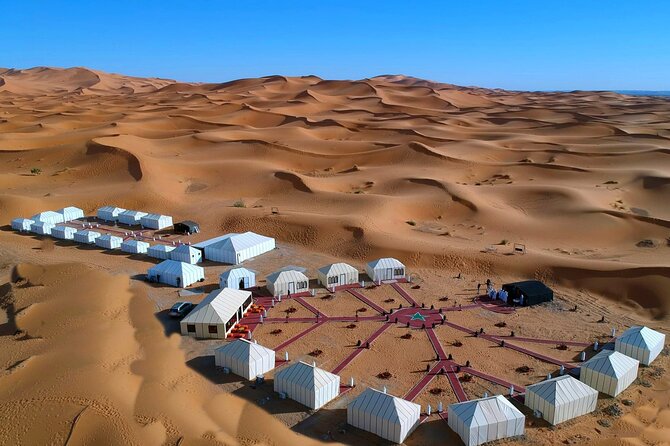
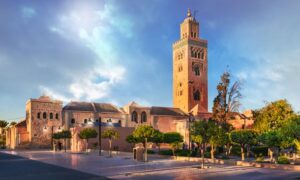
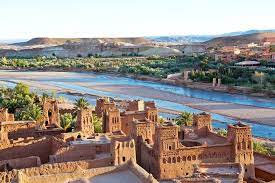
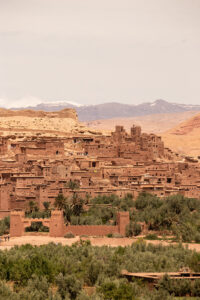
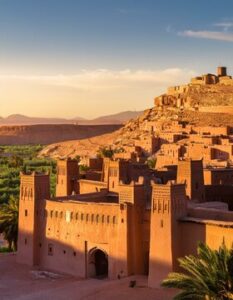
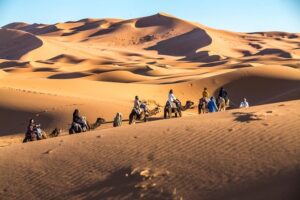
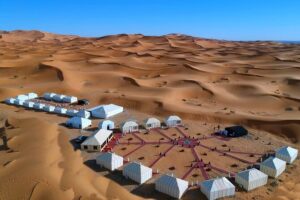
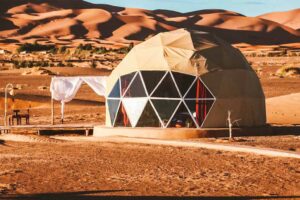
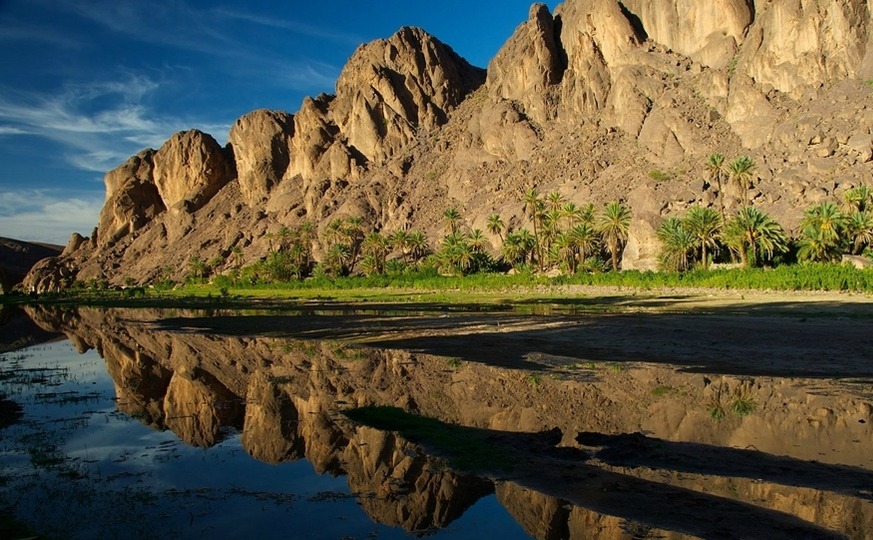
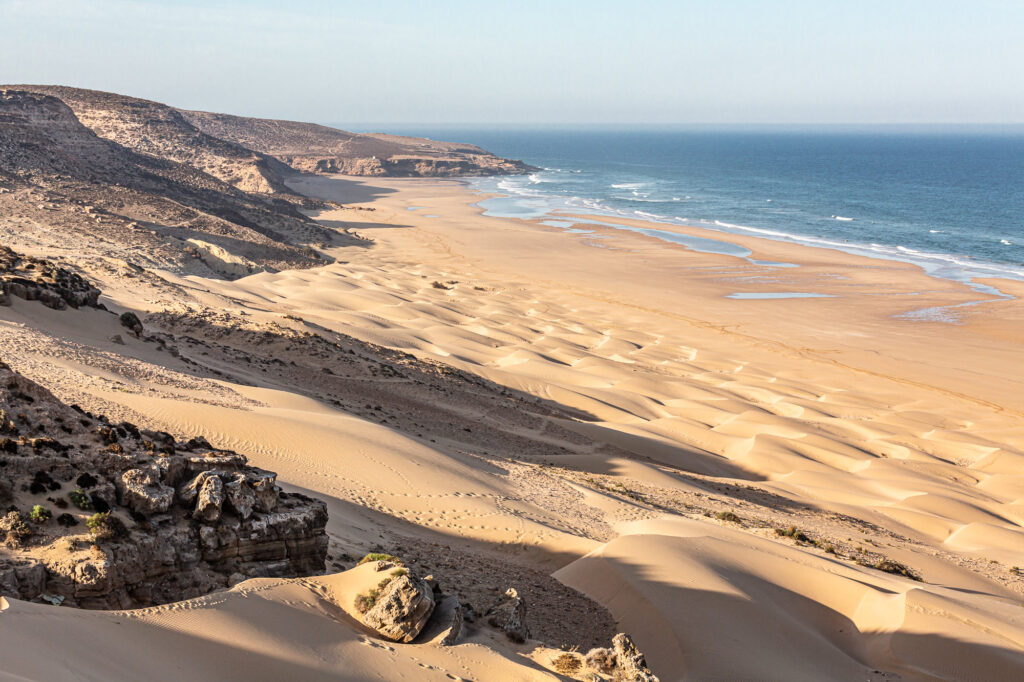
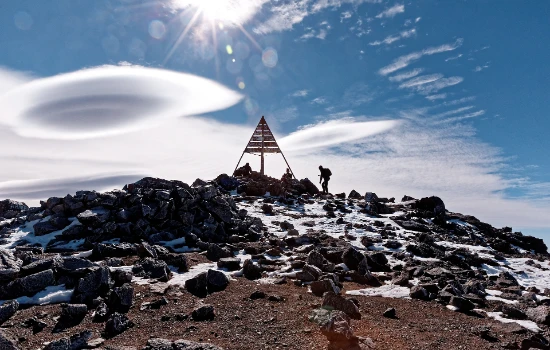
There are no reviews yet.